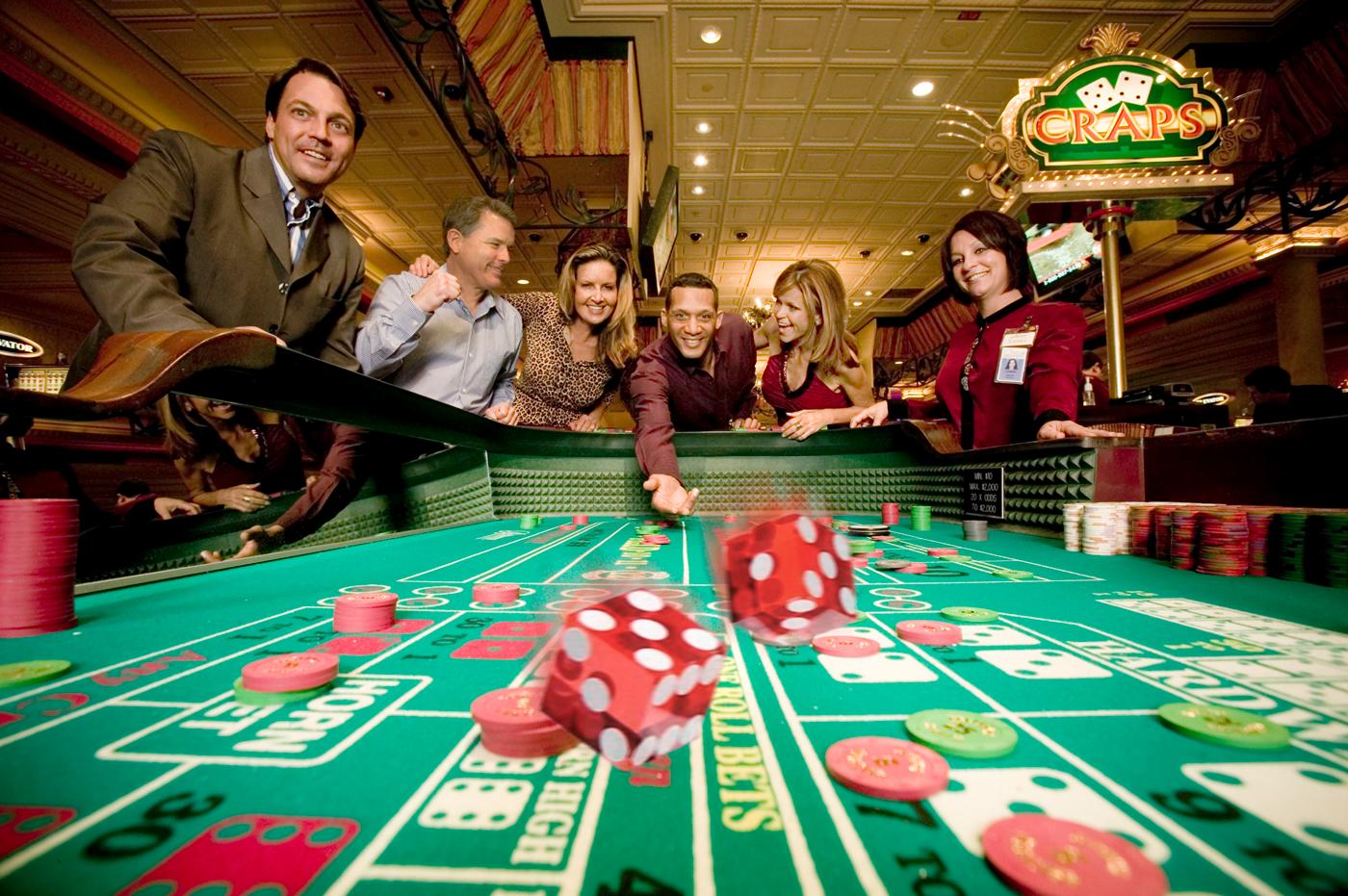The saga of fruit machines is a fascinating journey that reflects the evolution of amusement and wagering across the generations. Beginning in their humble beginnings in the 1890s to turning into a fixture in gaming halls across the globe, these games of fortune have experienced significant transformations. Casino slots games have enthralled players with their vibrant graphics, enticing concepts, and the hope of wealthy wins.
At first created as analog devices with rotating cylinders and limited icons, slot machines have evolved into advanced tech-based games that include modern tech and engaging features. Currently, they welcome millions of players, each hoping to strike it lucky with just the yank of a handle or the tap of a tap. Delving into the fascinating past of these devices reveals not just the story of a well-liked pastime, but also a depiction of cultural shifts and progress in technology over the ages.
One of the Birth in Slot Machines
The story of slot machines originates in the final years of the 19th century, a time when machines were increasingly popular in entertainment venues. A groundbreaking slot machine was invented by Charles Fey in 1895, known as the Liberty Bell. It featured 3 spinning reels and five symbols: hearts, diamonds, spades, a horseshoe, and the legendary Liberty Bell. Players would pull a lever to spin the reels, and if the symbols aligned in a specific combination, they would win a payout. Fey’s invention quickly captured the attention of gamblers and paved the way for future developments in casino slots games.
As the idea of the slot machine gained popularity, various inventors sought to improve upon Fey’s design. By the early 1900s, slot machines were becoming a frequent presence in saloons and amusement parks. nhà cái bl555 In 1907, the first electromechanical slot machine was launched by Herbert Mills, featuring a more intricate system of payout mechanisms and the renowned fruit symbols that are still linked to slots today. This evolution marked a significant shift in the gaming industry, as machines became more entertaining and user-friendly, attracting more players.
The popularity of slot machines continued to soar throughout the early 20th century, leading to their extensive use in casinos across the United States. However, the rise of legal restrictions on gambling during the Great Depression posed challenges for the industry. Many machines were banned, but this did not stop innovators. Instead, they adjusted by creating machines that gave out candy or gum instead of cash prizes, effectively bypassing the restrictions while still providing the thrill of a casino slots game. This creativity kept the spirit of gambling alive, setting the stage for the future resurgence of slot machines in modern casinos.
Development of Slot Machine Innovation
The history of gambling machines started in the final 19th hundred years with the debut of the early mechanical slot machines. A mechanic named Charles Fey, a West Coast craftsman, launched the first slot machine in 1895, which featured three spinning reels and five symbols: hearts, diamonds, spades, a lucky horseshoe, and the Liberty Bell itself. This simple yet engaging design laid the foundation for the progress of casino slots game, creating an immediate appeal for gamblers searching for fun and a opportunity to gain.
As technology matured, so did the styling and capabilities of gambling devices. By the mid 20th hundred years, electromechanical machines appeared, adding electrical components to enhance gameplay and amplify payout opportunities. These improvements enabled for greater complexity features like multiple paylines and larger jackpots. The gaming establishments embraced these developments, leading to the emergence of slot machines as a major provider of income within the gambling sector, fundamentally altering the slots gaming experience.
The closing 20th and beginning 21st hundred years heralded the digital revolution, causing the debut of digital slots. These gaming units replaced traditional reels with digital screens, allowing even more creativity in themes and gameplay features. Gamblers could now enjoy engaging graphics and sound effects, along with interactive bonus rounds. The move to online casinos further changed the slots experience, allowing slots accessible to a global market anytime and anywhere, thus marking a fresh chapter in the evolution of gambling device advancements.
A Cultural Influence of Gaming Machines
These gaming machines have become not only a means of leisure; they have integrated into the essence of mainstream culture. From movies and TV series to music and literature, these famous gaming machines often serve as symbols of luck and gambling. Films like The Casino and Ocean’s Eleven prominently feature slots, portraying them as exciting yet uncertain elements of the gambling experience. Their unique attraction lies in the noise of coins clinking, the revolving reels, and the bright flashing lights, which together create an electric atmosphere that captures attention.
Moreover, slot machines have shaped social gatherings and events, making them a centerpiece in casinos and gaming venues. Many people do not just go to a casino to gamble; they go for the full experience, which includes the social interactions and the lively ambiance surrounding these machines. Special tournaments and themed gaming nights centered around these games also showcase their popularity, fostering social connections and collective fun among players. This social element has contributed to the machines’ enduring popularity.
The evolution of technology has further transformed this cultural impact. Digital and online slots have expanded access to these games well beyond the walls of physical casinos. Players can now get their favorite casino slots game from home or on the move, leading to the rise of online communities and forums where enthusiasts share strategies and experiences. The ongoing innovation in game design and the integration of storytelling have kept the cultural significance of slot machines alive, attracting younger audiences while maintaining a connection to their cultural roots.

